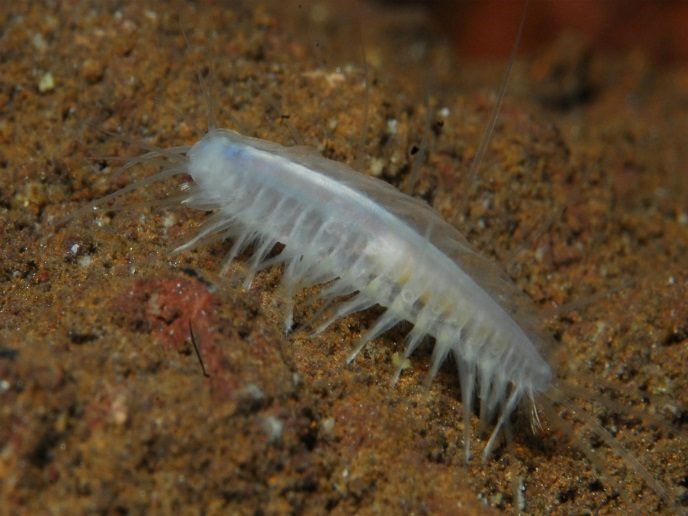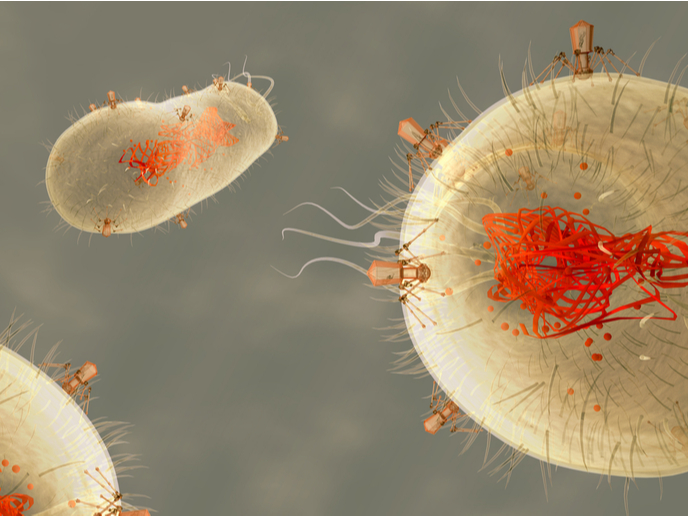Ageing in yeast
Ageing is a complex and multifactorial trait that varies among individuals. Studies into the genetic determinants that regulate longevity have relied on reverse genetics approaches where various genes are artificially inactivated in laboratory organisms. However, this does not always reflect the real situation. The EU-funded ELDERLYEAST (Modelling the complexity of ageing in a simple genetic system) project proposed to use a forward genetics approach to study ageing by characterising the mechanisms exploited by nature through evolution. Researchers employed the yeast Saccharomyces cerevisiae, which constitutes an attractive model system for ageing, as many of its longevity pathways are conserved throughout eukaryotes. Over 1 000 S. cerevisiae strains were sequenced, providing an exhaustive view of the genome architecture and genetic diversity, enabling genome-wide association studies of longevity variants. In addition, researchers generated an artificially outbred yeast population by crossing the four wild founders of the main S. cerevisiae lineages for 12 generations. They performed traditional linkage analysis and sequencing on nearly 180 individuals of known phenotype. This led to the identification of 25 loci linked to growth traits under stress and additional genomic regions associated with response to heat. With the advent of highly multiplexed whole-genome sequencing, more individuals from the outbred population could be studied to identify further genes associated with a natural response to stress conditions. Researchers exploited the intriguing capacity of S. cerevisiae to switch between mitotic and meiotic divisions. They introduced DNA lesions in meiosis and returned cells to mitotic growth to show the potential of the approach to rapidly map complex traits loci in diploid strains without sexual reproduction. Overall, the outbred yeast population provided an important framework for mapping longevity variants, understanding their interaction with the environment and evaluating the impact of ageing in natural populations. Since ageing is a primary risk factor for various diseases, deciphering the underlying molecular mechanisms is of utmost importance.







